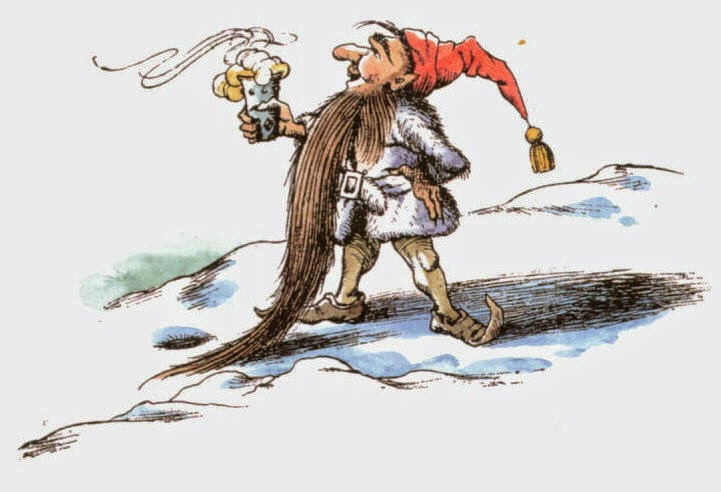"I just thought if you had any toffee to give me I'd let you slide down my slippery-slip...I let people use it if they pay me toffee"
(The Enchanted Wood)
Enid Blyton's classic story, called The Enchanted Wood (1939), was - and still is - a firm favourite from my childhood.
Every night, before going to bed, my sister would read me the story; the magical creatures of the wood would have me wanting to hear more and more, to the point at which it became impossible to even imagine sleeping. The characters are one aspect of the book which enticed my little mind; however there was always something else that kept me coming back to the book time and time again.....TOFFEE.
My craving for the toffee that Blyton writes of has yet to be satiated. The day I find a toffee which lives up to gum-sticking, delicious toffee in The Enchanted Wood, will be a wonderful day for my sweet tooth.
The three children in the story are siblings, called Jo, Bessie and Fanny. One night, they venture into the woods near their home and discover a magical congregation of fairies. Through their journey up the mysterious Faraway Tree, the children encounter a "round moon-like face", who helps them get down from the tree, in exchange for a sweet treat.
It is at this moment that a reader can recognise the importance of the toffee for the three children. After admitting that they had no toffee to exchange with Moon-Face, he simply "slammed his door shut". Toffee is used as a commodity in this book, the paying of toffee to Moon-Face somewhat echoes the reward of Turkish Delight to Edmund, in The Lion, The Witch and The Wardrobe. Moon-Face is not, however betraying his siblings; and in fact, at the mention of home made toffee, he "[beams]" at the children and allows them to use his slide down the Faraway Tree. What a darling.
 |
| "Oh my!" said Moon-Face, looking with great delight into the bag. "What lovely toffee!" |
As with the other books we've looked at, sugar can't be included without a healthy dose of gluttony.
"[Moon-Face] crammed four large pieces into his mouth and sucked with joy"
The act of stuffing one's face is generally thought of as gluttonous; and harks back to Augustus Gloop, in Charlie and The Chocolate Factory, who tried to get as much chocolate into his mouth as he could.What’s more, the inclusion of this in a children’s
book may add a didactic element to Dahl - and Blyton’s - writing; that is,
through the use of Augustus’ greed, child readers are aware of the dangers of
gluttony.
Moon-Face's joy at receiving the toffee is indicative of a child's delight when receiving a treat, however the point at which his enjoyment becomes gluttony is his inability to speak, as a result of all the toffee in his mouth.
"Oh dear, we shan't be able to get anything out of him at all whilst he's eating toffee"
As a child reader, I always found Moon-Face's "Ooble ooble[s]" hilarious. As an adult reader, I find them frustrating. Jo, Bessie and Fanny need information about this enchanted place, however, as a result of Moon-Face's cramming, he is unable to warn them of the dangers.
Indeed, Fanny recognises that Moon-Face failed to warn Jo of the dangers: "Your mouth was full of toffee and all you could say was 'Ooble-ooble-ooble!' And how could we know what that meant?"
Give him his credit, however, if I was handed a bag of delicious toffee, there would be absolutely no chance of getting a conversation out of me.
True, there must be a little bit of gluttony in all of us, and when it comes to sugary treats, I am never one to say no!
Yes please.









